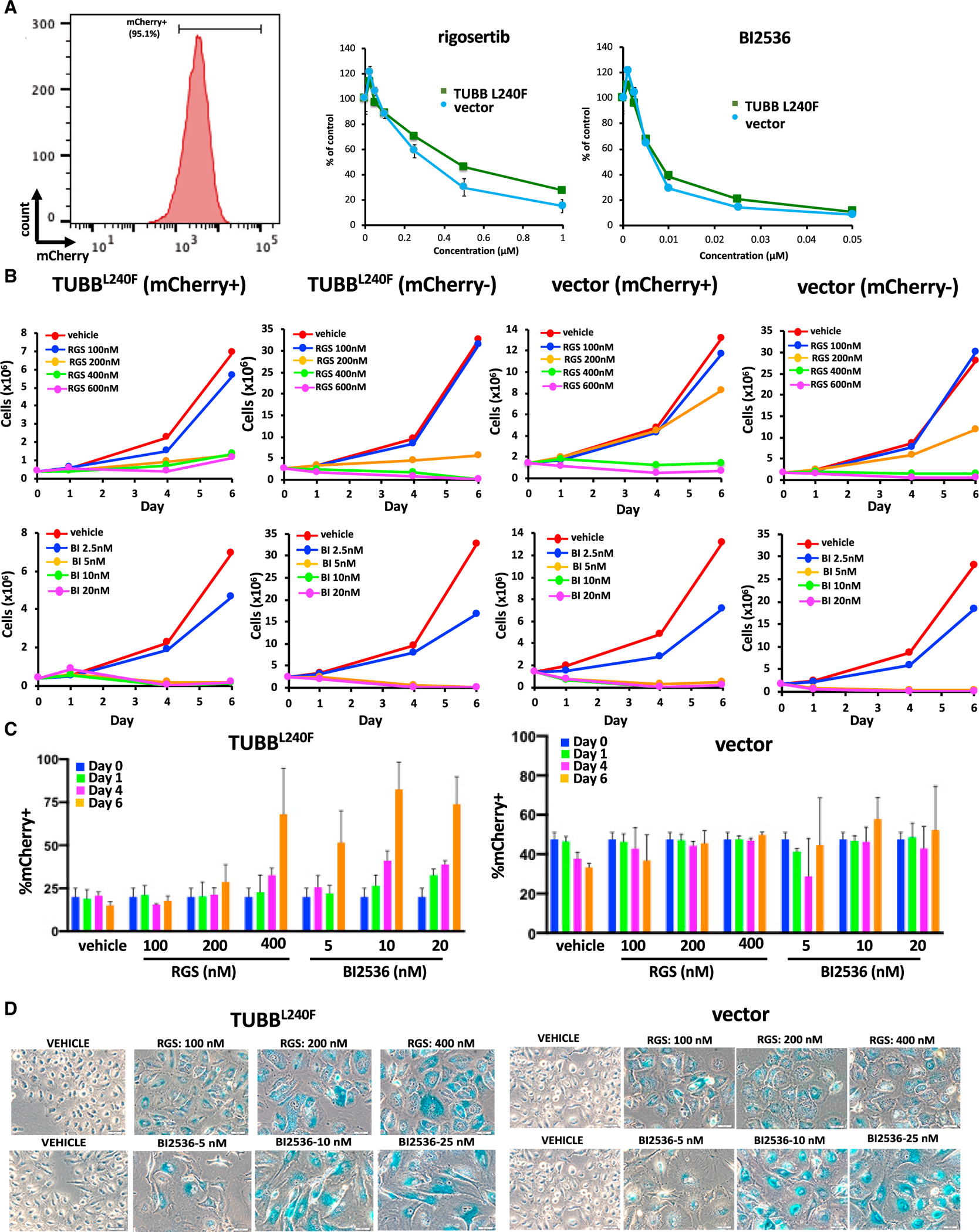Figure 5. Expression of Mutant β-Tubulin Does Not Induce Resistance to Rigosertib in A549 Cells.

A549 cells were infected with a lentivirus that encodes the L240F mutant form of β-tubulin along with the mCherry fluorescence marker.
(A) Flow cytometry analysis of mCherry expression in representative A549 clones that are more than 95% mCherry+ (left panel). The cells were then treated with the indicated concentrations of rigosertib or BI2536, and their viability was determined 96 h post-plating (right panel). Error bars represent mean ± SEM.
(B) A549 cells expressing TUBBL240F or a vector control were combined with WT A549 cells, grown in the presence of increasing concentrations of rigosertib or BI2536, and the growth of mCherry+ and mCherry− cells was measured over a 6-day period. As observed with K562 cells, rigosertib inhibits proliferation and survival of A549 cells that express TUBBL240F. Error bars represent mean ± SEM.
(D) Prolonged treatment with rigosertib and BI2536 induces senescence in A549 cells. A549 cells expressing TUBB L240F or control cells were seeded at a density of 2 × 105 cells per well in a 6-well dish. The cells were then treated with the indicated concentrations of rigosertib or BI2536 24 h post-plating. The medium was changed weekly. After 16 days in culture, the cells were washed with PBS, fixed, and stained overnight with X-gal (0.1 mg/mL) at 37°C. Data are represented as mean ± SEM.
